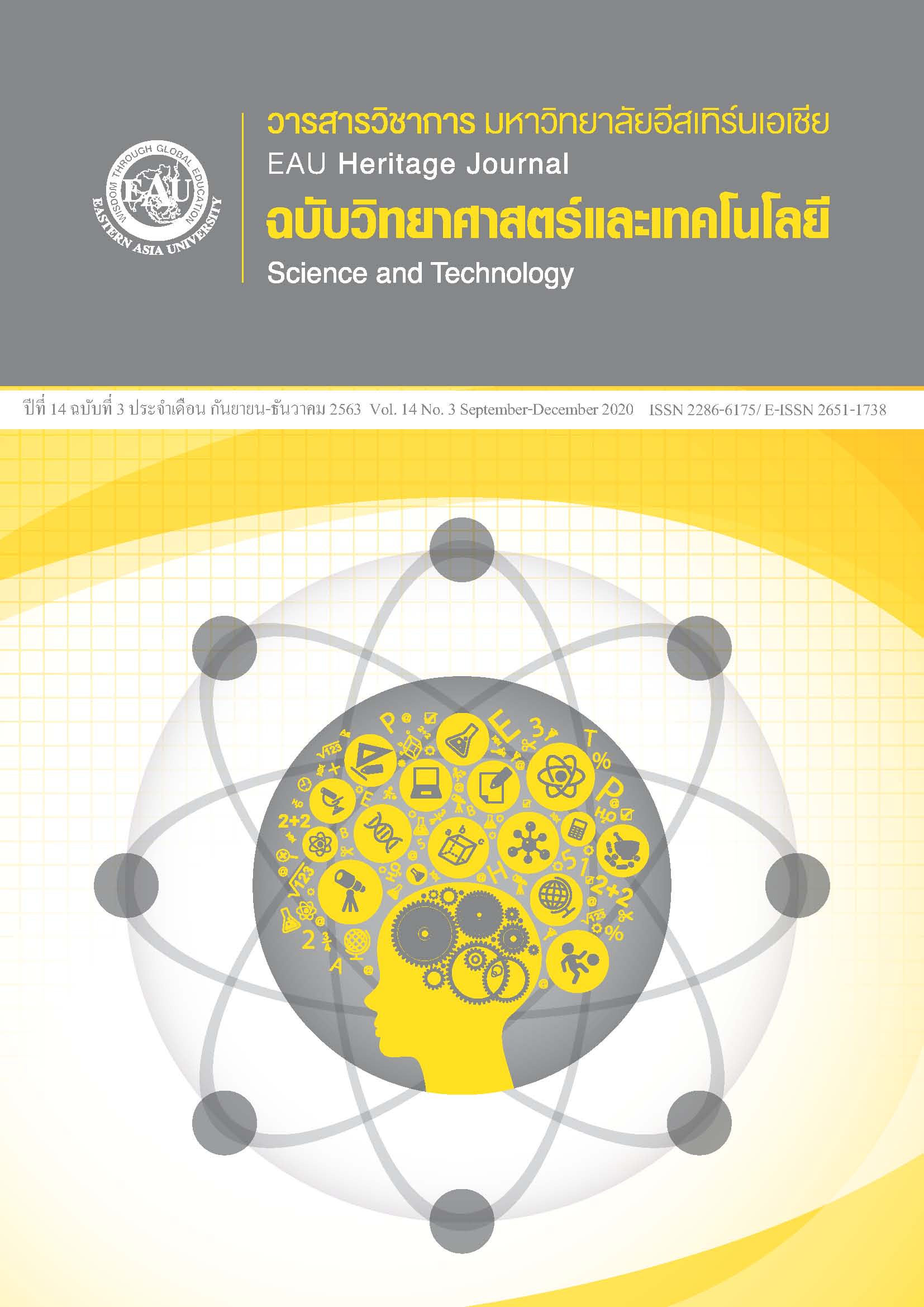The Study of the Efficiency of Producing Concrete Mix by Using Used Plastic Water Bottles
Keywords:
concrete mixed used plastic water bottles, cost of concrete, used plastic water bottlesAbstract
This research has studied the effectiveness of concrete that mixes discarded and used plastic water bottles, and then substitutes the total coarse mass (rock) for construction by the ratio of the plastic volume used in the sample concrete mixture with a value of 5, 10, 15 and 17 percent by the weight of cement. The result found that the amount of plastic in concrete to replace the coarse aggregate affects the lower compressive strength of concrete. The ratio of 5% mixed plastics water bottles by the weight of cement, with a maximum compression capacity is 225 kiss, after 28 days of curing and a minimum compression capacity is 117 ksc. after 28 days of curing for the ratio of 17% mixed plastics water bottles by the weight of the cement. The mixing and forming ability of concrete depends on the ratio of the plastic water bottles mixture in the concrete, which should not exceed 15% of the weight of the cement. The use of concrete mixed plastic water bottles can determine the compressive strength when it is tested according to the compressive strength of the type of construction that does not require a very high compressive strength. The cost of making concrete when mixing plastic water bottles increases due to higher compressive strength but reduces plastic bottle removal process for environmental conservation.
References
ChuSilp, N., Boonrasi., P., Kwanyeen., S., Krirat., T., & Saereal., P., (2013). Mechanical properties of concrete mixed with reused Ceramic Tiles reinforced with steel fiber from milling processed. RMUTP Research Journal Special Issue The 5th Rajamangala University of Technology National Conference (pp. 664-674). Bangkok: Rajamangala University of Technology Phra Nakhon. https://repository.rmutp.ac.th/bitstream/handle/123456789/1512/IRD_58_29.pdf?sequence=1. (in Thai)
Deepunya., W., & Suveero., K., (2015). Para-rubber floor tiles mixed with Plastic wastes from the factories. Budget research subsidies annual revenue budget 2015 (Research report). Bangkok: Rajamangala University of Technology Phra Nakhon. http://repository.rmutp.ac.th/handle/123456789/2083. (in Thai)
Mohammed, A. A. (2017). Flexural behavior and analysis of reinforced concrete beams made of recycled PET waste concrete. Construction and Building Materials, 155, 593–604. https://doi.org/10.1016/j.conbuildmat.2017.08.096
Nitisuwanraksa., N. (2016). Effects of polypropylene plastic ratio in autoclaved aerated concrete on compressive strength and thermal conductivity. Kasem Bundit Engineering Journal, 6(1), 174-181. (in Thai)
Peri, G., Traverso, M., Finkbeiner, M., & Rizzo, G. (2012). The cost of green roofs disposal in a life cycle perspective: Covering the gap. Energy, 48(1), 406-414. doi: 10.1016/j.energy.2012.02.045
Sangrajrang., S., Ploysawang., P., & Promhithatron., P. (2013). Impact of plastics on human health and environment. Thai Journal Toxicology. 28(1), 39-50. (in Thai)
Suriyawichitseranee., A, Seangatith., S, & Apichatvullop., A. (2000) Inverstigation of the use of recycled short plastic wires in concrete. Proceedings of the 11th National Convention on Civil Engineering. Phuket: Civil Engineering. (in Thai)
Tantiyaswasdikul., K. (2010). Transformation of waste plastic bottles into covered parking. Journal of Architectural/Planning Research and Studies, 7(2), 159-172. (in Thai)
Thayavinichchakul., S., & Thayavinichchakul., A., (2016). The brick pavement production using waste plastic as ingredients together. Budget research subsidies annual Revenue Budget 2015 (Research report). Bangkok: Chandrakasem Rajabhat University. (in Thai)







